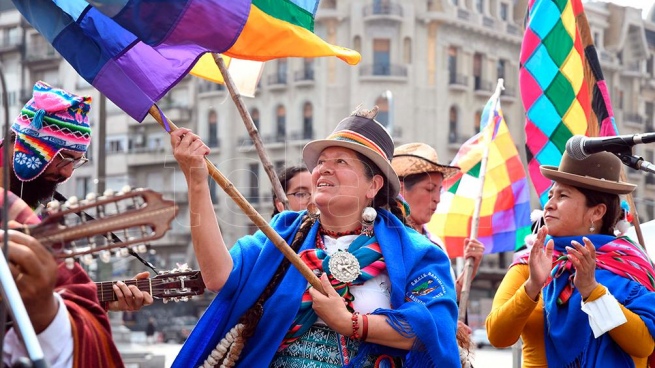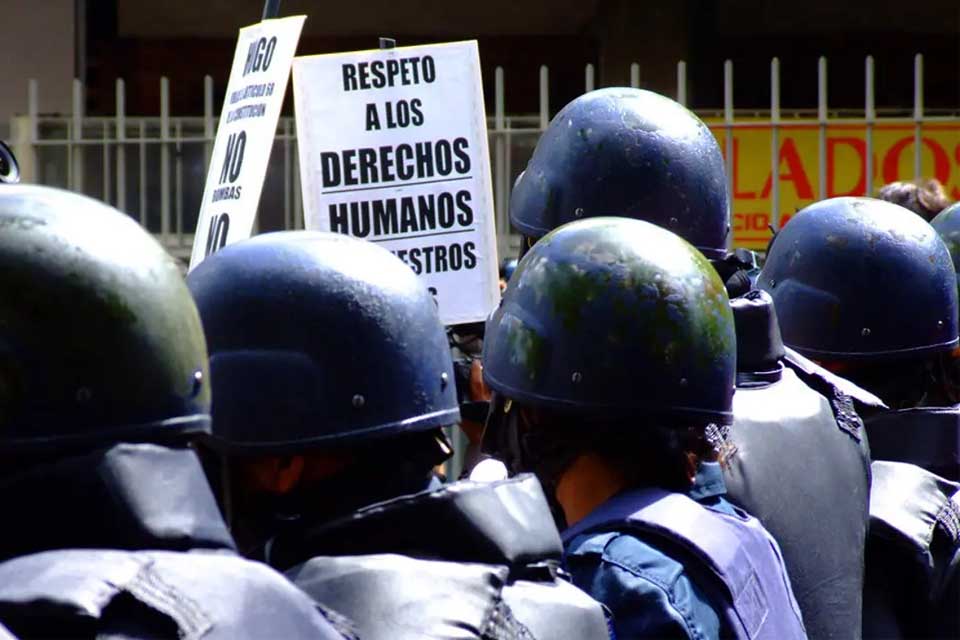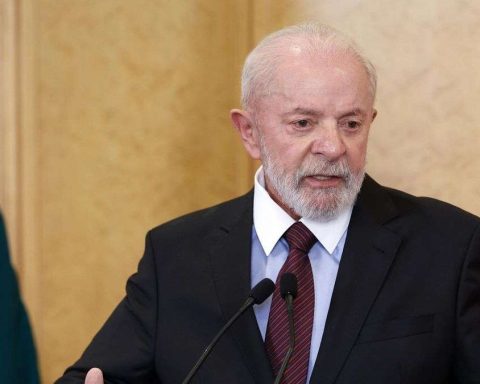Decree 1584, signed in 2010 by then President Cristina Fernández de Kirchner, was a first act of justice after 518 years of opprobrium for the native peoples.
“[…] the name of the holiday of October 12 is modified, wanting to highlight and remember the deaths of the original peoples and giving said date a meaning according to the value assigned by our National Constitution and various treaties and declarations of human rights to ethnic diversity and culture of all peoples”.
Thus, October 12 was established as Day of Respect for Cultural Diversity in Argentinain order to claim the importance of cultural diversity and intercultural dialogue, amending another presidential decree from 93 years ago, when in 1917 Hipólito Yrigoyen imposed that date as a national holiday in commemoration of “Día de la Raza”.
About, the concept of “race” began to be questioned in the second half of the 20th century, after the horrors of world war and the Nazi holocaust. In 1964, Unesco approved a document that, among other things, states that as a general rule, the large ethnic groups extend over vast territories that include peoples diverse in their language, economy, culture, etc. and that “no national, religious group geographical, linguistic or cultural, constitutes ipso facto a race; the concept of race involves only biological factors”. In short, all humans belong to the same species, so it is offensive and discriminatory to use the concept of race.
An ignored genocide and its “collateral damage”

The arrival of Christopher Columbus in America on October 12, 1492 not only meant the “discovery” of a new continent but also the beginning of perhaps the greatest genocide in the history of mankind.
According to research by the prestigious Brazilian anthropologist Darcy Ribeiro (1922-1997), when the Spanish conquerors landed on American soil, the native population was around 70 million people.
Since then, the extermination of the local population was almost total, “both in the subhuman conditions in which the aborigines were treated – Ribeiro wrote – and because of the mass suicide that existed in many communities when they visualized that misery and slavery were his only destiny.”
Ribeiro -who founded the University of Brasilia, was a UNESCO consultant and Minister of Education for President Joao Goulart, until the military coup of 1964- determined that at the end of the 16th century the 70 million had been reduced to three and a half million (5%) as a result of the looting of natural resources and wealth, as well as the enslavement of peoples who were dispossessed of their land, their culture and their creed.
Nor can it be avoided a “collateral effect” of the genocidal invasion. Whether because of the massacres or because of the impossibility of subjugating the native population, the European conquerors sought slave labor on another continent. It is estimated that between the 16th century and the end of the 19th century About 12.5 million Africans were forcibly removed from their homelands and taken to America Like slaves.
Galeano, the voice of the voiceless

The great Uruguayan writer and journalist Eduardo Galeano (1940-2015), author of “The open veins of Latin America”, reflected this way on the 500th anniversary of the arrival of Columbus to the new continent:
“Five centuries of prohibition of the rainbow in the American sky
ANDn October 12, 1492, America discovered capitalism. Christopher Columbus, financed by the kings of Spain and the bankers of Genoa, brought the novelty to the islands of the Caribbean Sea. In his “Diary of Discovery”, the admiral wrote the word gold 139 times and the word God or Our Lord 51 times. He could not tire his eyes of seeing so much beauty on those beaches, and on November 27 he prophesied: ‘All Christendom will have business in them’. And in that he was not wrong. Columbus believed that Haiti was Japan and that Cuba was China, and he believed that the inhabitants of China and Japan were Indians from India; but in that he was not mistaken.
After five centuries of the business of all Christendom, a third of the American forests have been annihilated, much land that was fertile is barren and more than half of the population eats stir fry. The Indians, victims of the most gigantic dispossession in universal history, continue to suffer the usurpation of the last remnants of their lands, and continue to be condemned to the denial of their different identity. They are still forbidden to live in their way and way, they continue to be denied the right to be. At first, the plunder and the othercide were carried out in the name of the God of heaven. Now they are fulfilled in the name of the god of Progress.
However, in that forbidden and despised identity some keys to another possible America still shine. America, blind of racism, it does not see them”.
The original peoples, in letters and numbers

According to Unicef data, Latin America today inhabits 522 native peoples who speak 420 different languages, of which 103 (24.5%) are cross-border languages used in two or more countries. Among them, Quechua stands out, which is spoken in seven countries: Argentina, Bolivia, Brazil, Colombia, Chile, Ecuador and Peru.
Latin America has the greatest linguistic wealth in the world. But, according to Unicef, almost a fifth of the peoples have stopped speaking their language and with this there is a danger of losing part of the Latin American identity and culture.
In Argentina, according to the 2010 national census, 955,032 people (2.38% of the population) are part of the 31 indigenous peoples distributed in the country. In addition, they are spoken near 18 original languages.
Learn from the roots
The Day of Respect for Cultural Diversity is an opportunity for different educational levels to critically reflect on the American past, the struggles and resistance of those who fought for the survival of native cultures, and their relationship with the present.
In that sense, the National Education Law, sanctioned in 2006 During the presidency of Néstor Kirchner, it was a key tool for students to approach the heterogeneous and changing American identity and revalue the place of women in society. A clear example is the multilingual writings of teachers, students, and members of native peoples gathered by the collection “With our voice”of the Ministry of Education of the Nation.
According to UNESCO, “cultural diversity can promote the sustainable development of individuals, communities and countries, since it expands alternatives; nurtures diverse capacities, human values and worldviews; and allows the wisdom of the past to prepare us for the future”.
Bartolina, that unknown heroine

In the search for that past, the Ministry of Education of the Nation -through its educ.ar platform- rescued the history of Bartolina Sisa.
Of Aymara origin, he was born on August 25, 1750 in La Paz and in 1775, he married Túpac Katari and they were named viceroy and viceroy of the Inca people. They generated an indigenous rebellion that managed to besiege the city of La Paz between March and November 1781. Sisa was in charge of organizing tens of thousands of peasants who demanded the end of the colonial system of exploitation and the recovery of their lands, demonstrating that it was possible the rise of female leadership in the context of the struggles against Spanish power.
After more than a hundred days at the forefront of the indigenous struggles, Sisa was captured and tortured by Brigadier Sebastián Segurola. In November 1781, Túpac Katari also was caught and immediately dismembered, and Sisa was forced to witness that crime in a public square.
Almost a year later, Sisa was also executed in the public square, on September 5, 1782. Today Bartolina is a reference for Latin American women and on each anniversary of her death the International Day of Indigenous Women is celebrated.
October 12 in America

Meanwhile in Spain Columbus Day is celebrated and is considered a national holiday, in Latin America the anachronistic concept of “Día de la Raza” has been mostly left aside.
In MexicoSince 2019, the Day of the Pluricultural Nation has been commemorated. In Cuba The arrival of the conqueror Christopher Columbus in America is called the Encounter of 2 Worlds, but no commemoration is held because for Cubans “there is nothing to celebrate.”
In Costa Rica Cultures Day is celebrated. In Nicaragua It is the Day of Indigenous, Black and Popular Resistance. In GuatemalaIn 1995, October 12 was declared National Unity Day, to recognize the contribution of indigenous peoples to societies. And in Dominican Republic It is the Day of Identity and Cultural Diversity.
In Venezuela Since 2002 and by decision of then President Hugo Chávez, the Day of Indigenous Resistance is remembered while in Ecuador It is the Day of Interculturality and Plurinationality. In Peru The Day of the Original Peoples and Intercultural Dialogue is celebrated, with the aim of revaluing ethnic and cultural diversity, on the basis of equality, respect and cooperation. In 2011, President Evo Morales instituted in bolivia Decolonization Day. In Chili is the Day of the Encounter between 2 Worlds, and in Uruguay Americas Day is celebrated.

















